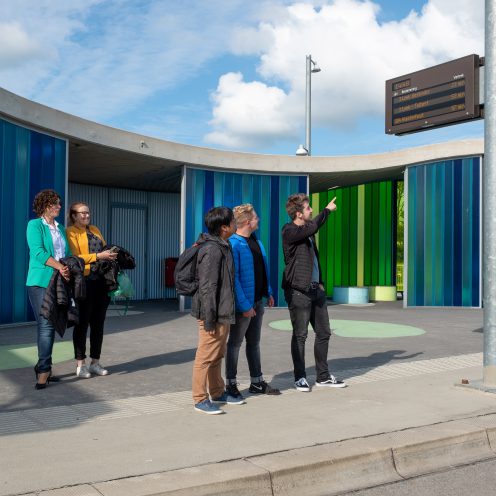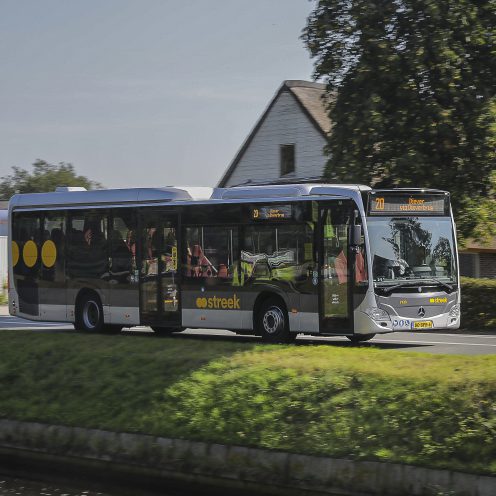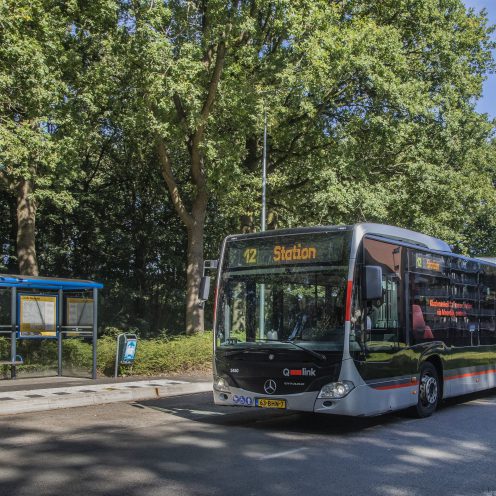The future is data-driven
In the coming years, buses in Groningen and Drenthe will be smarter than ever. By collecting and using real-time data, we can make better use of our buses and make them run more efficiently. And if there are malfunctions, these can be remedied remotely. The bus passenger will also benefit from more data collection, because this data will be directly converted into better information for the traveller – taking all privacy regulations and laws into account, of course.

What's being measured?
In the future we will be able to measure more and more things in and around the bus. What can we do with this data?
We use the data we collect in relation to the occupancy rate to make a better schedule for the buses. In this way we can also make better use of the capacity of the buses. This is also a great way to inform travellers about when and where buses are crowded. Because we can see the exact location of the bus per second, we can quickly locate incidents and deal with crowds or delays. This enables us to inform passengers about live departure times and provide them with alternative travel advice.

On the road
The driver can adapt his driving style to environmental factors such as the outside temperature, current traffic conditions and the number of people inside the vehicle. This allows him to drive more energy-efficiently as well as fuel-efficiently.
This data also offers very interesting possibilities for retrospective analysis. For example, the number of fare dodgers can be estimated by comparing the axle load against the number of people getting in and out of the vehicle. How comfortable is it to travel by bus? By comparing forward and lateral forces, speed in curves, and acceleration and braking deceleration, this can be better assessed. It is also possible to identify the effects on passenger revenues in the event of a malfunction.
The buses are always connected to Reisregie, the Travel Management Department. Real-time data can help them to better map the entire bus network. In the event of a bus malfunction, Reisregie, a central post where all information comes together, is automatically notified and the problem can often be remedied remotely. The driver no longer has to pass this on himself. Furthermore, Reisregie can watch live through cameras inside the vehicle, should an incident occur.
By collecting and storing all the data, both from the buses themselves and from Reisregie, a large database can be created over time. This data is analysed to improve both travel comfort for passengers and to use the buses more efficiently.
Open data
Data collected by the OV-bureau, such as vehicle and passenger data, are public; we speak of open data. For example, they can be used for travel advice apps. The data are also used by researchers to identify bottlenecks in the timetable. On the basis of the results, the provision of bus transport can be improved. The open data on bus transport can also be linked to other data, such as data from bicycle traffic or car traffic.



